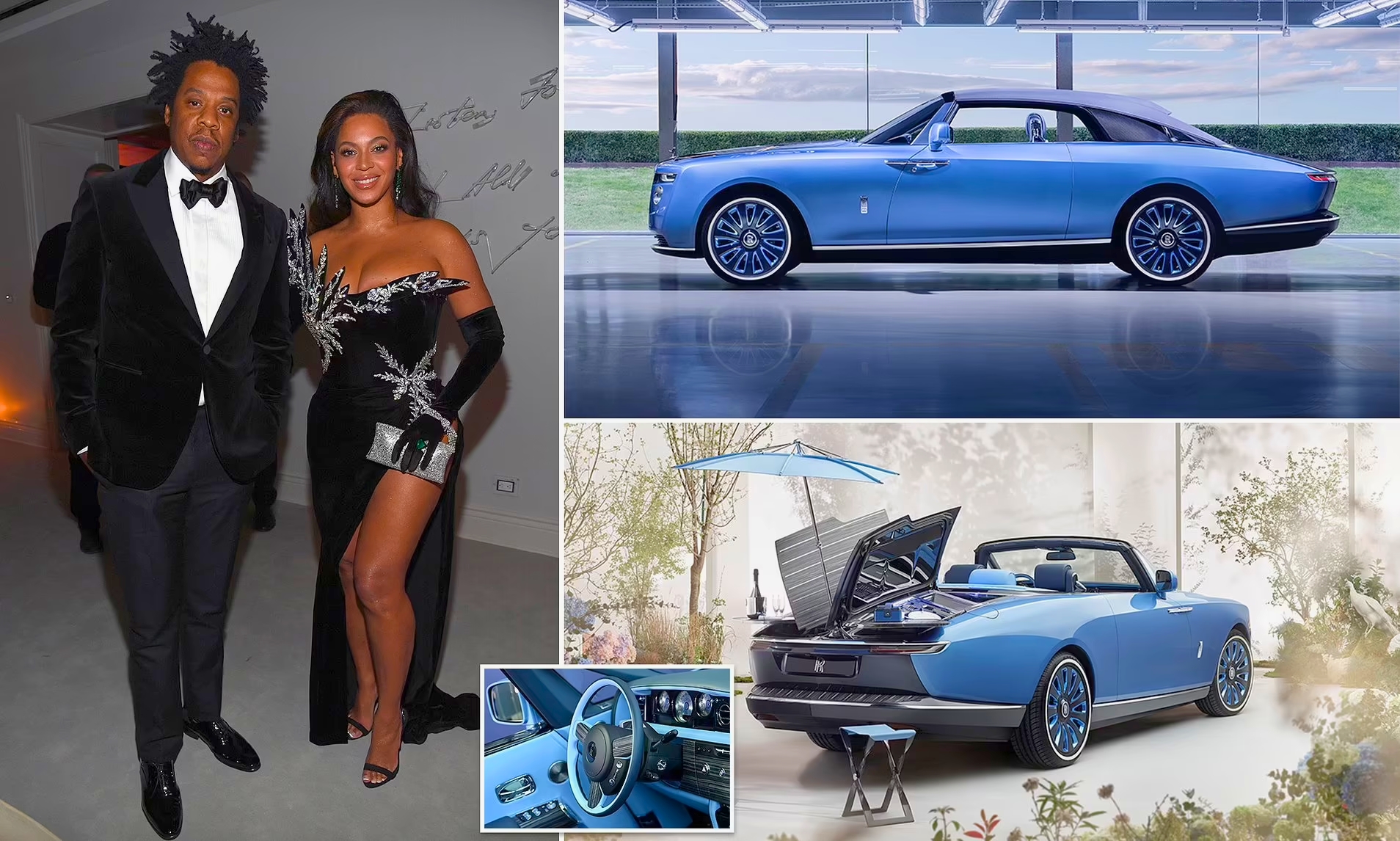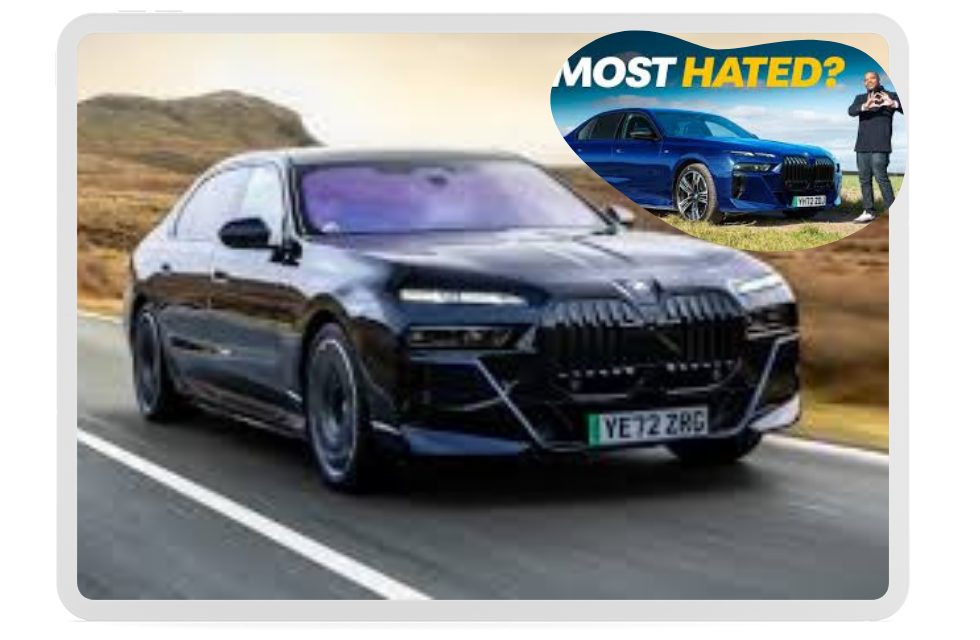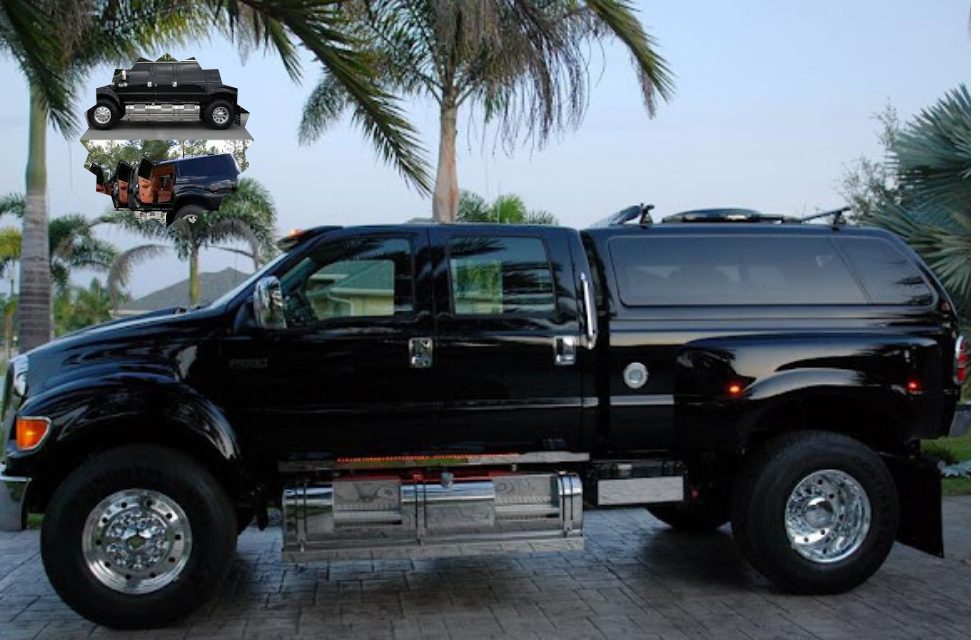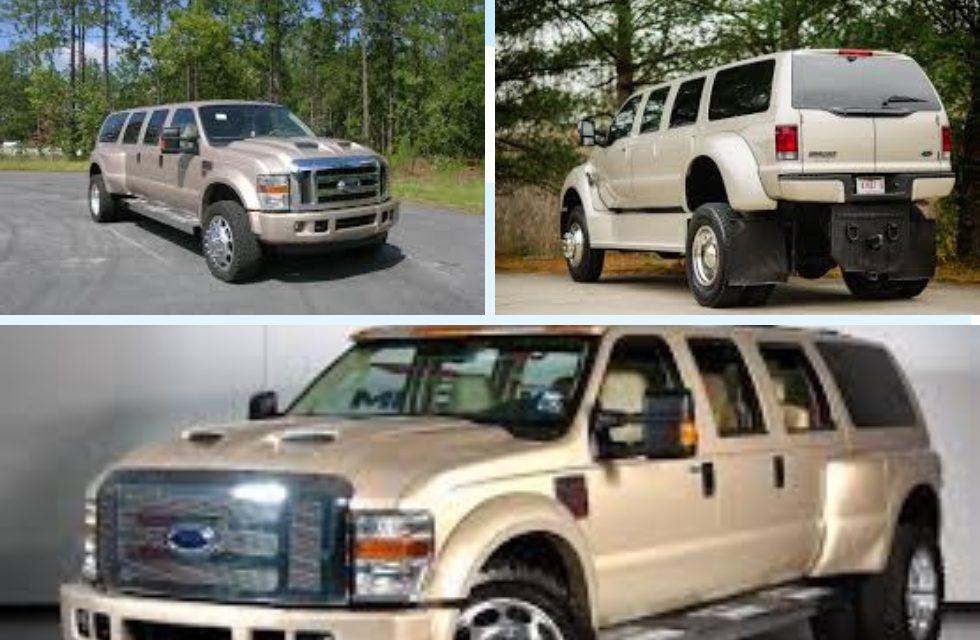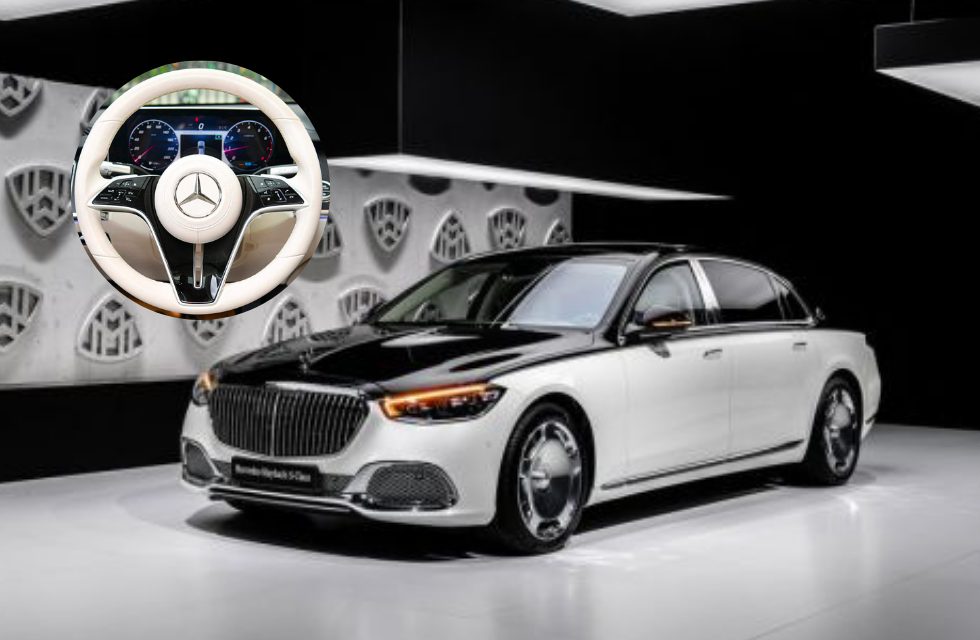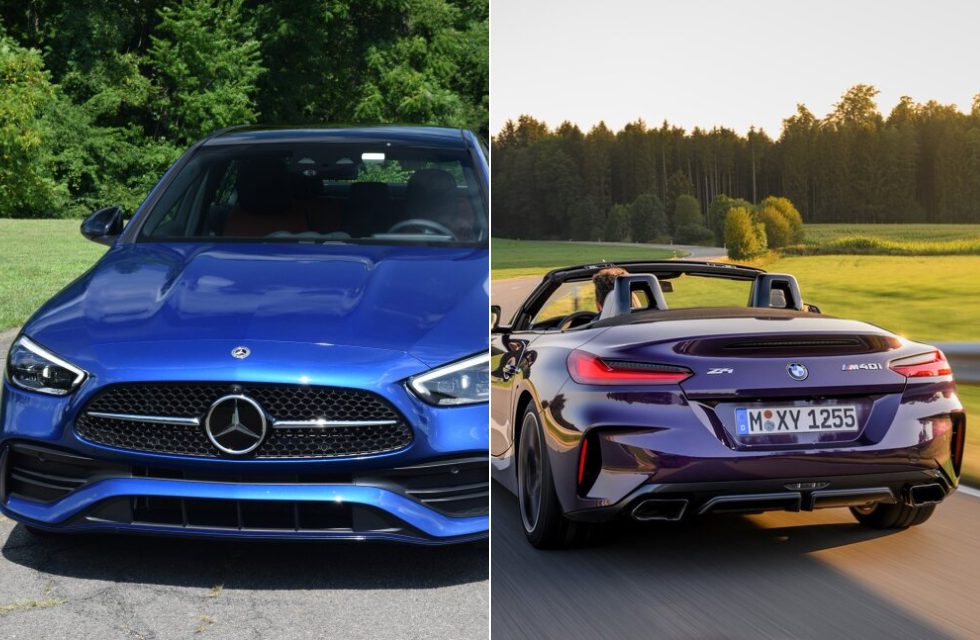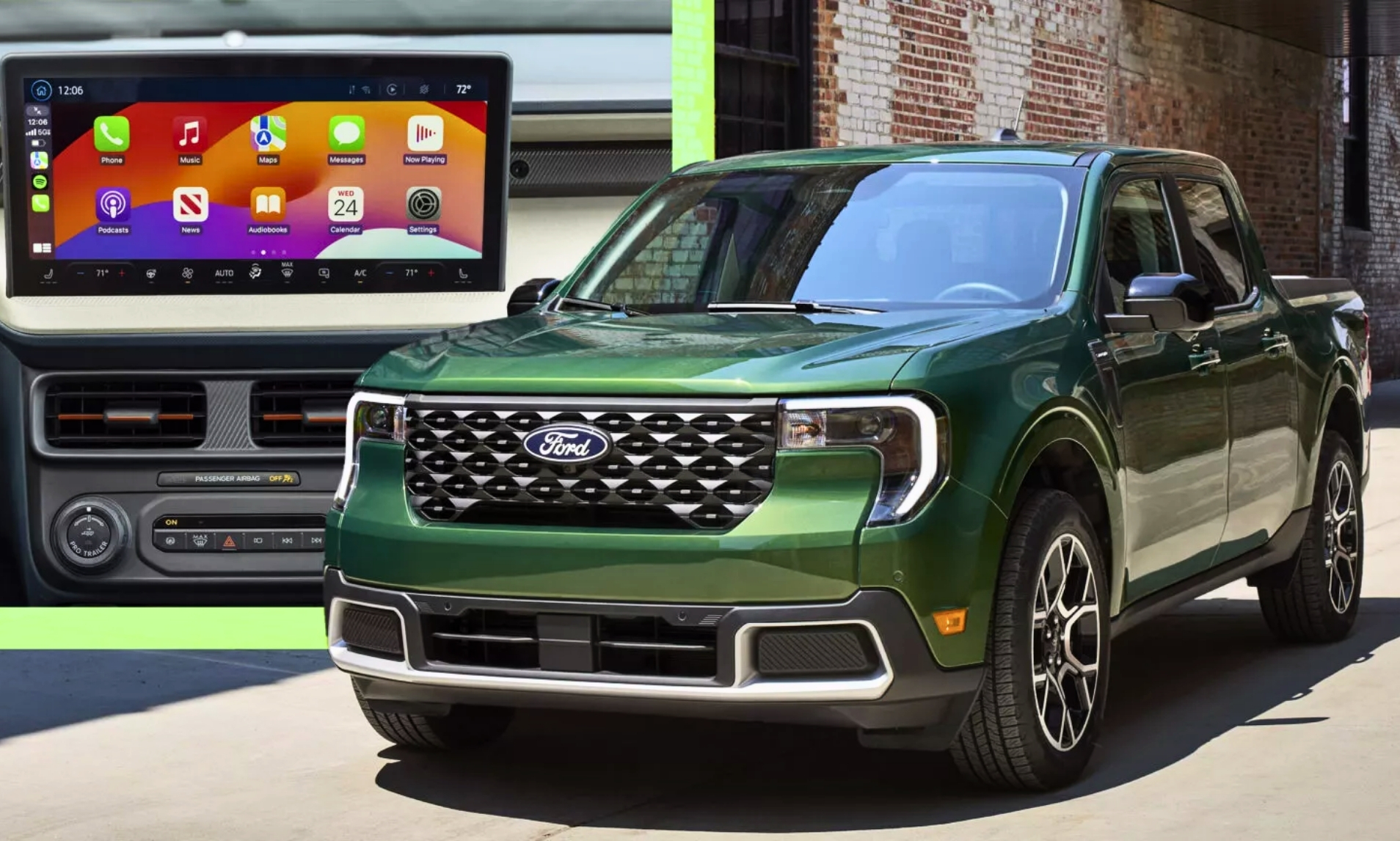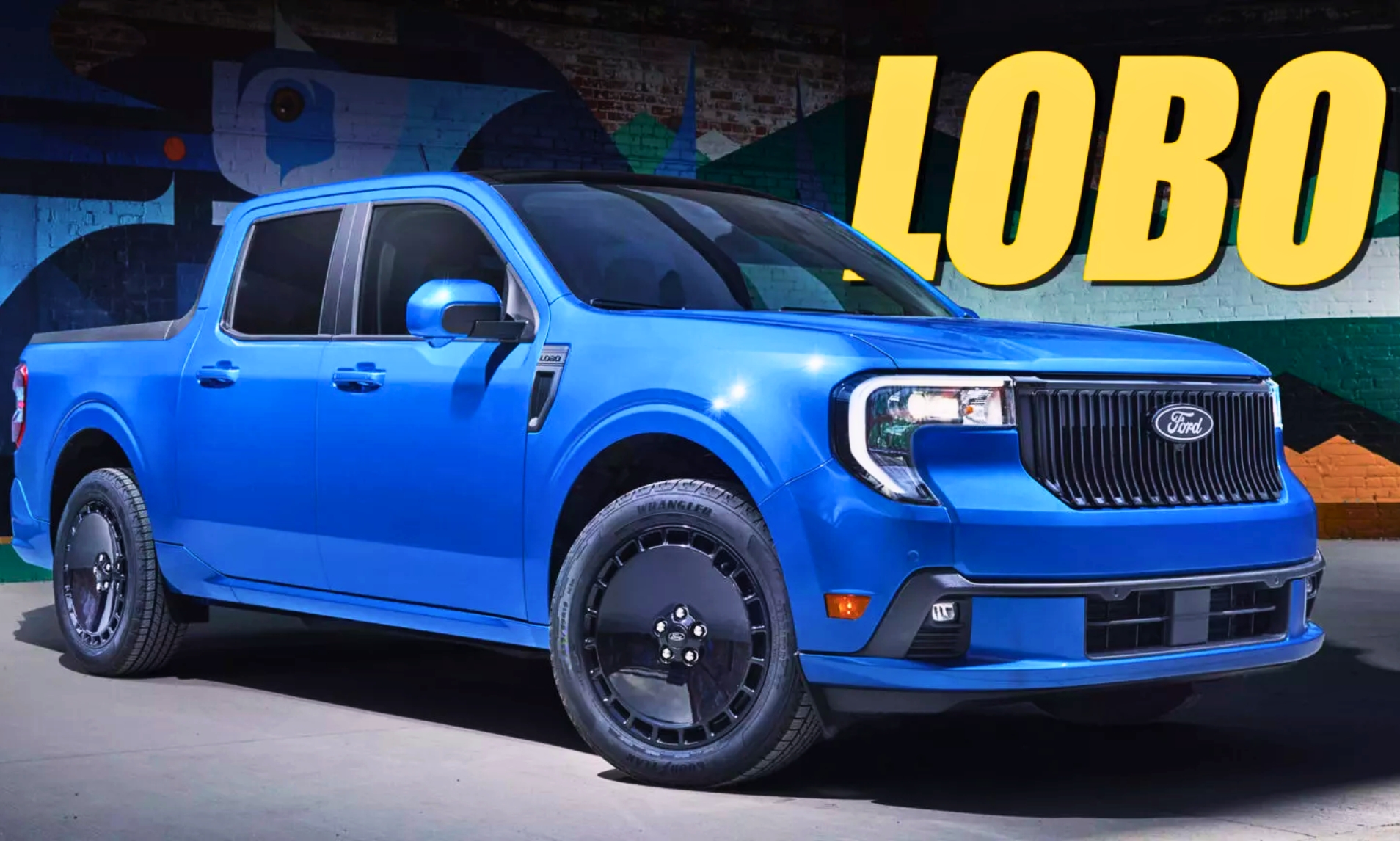It is a given that vehicles should have an even number of wheels. Two, four, even six. But that hasn’t kept more than a few people from thinking three was the magic number.
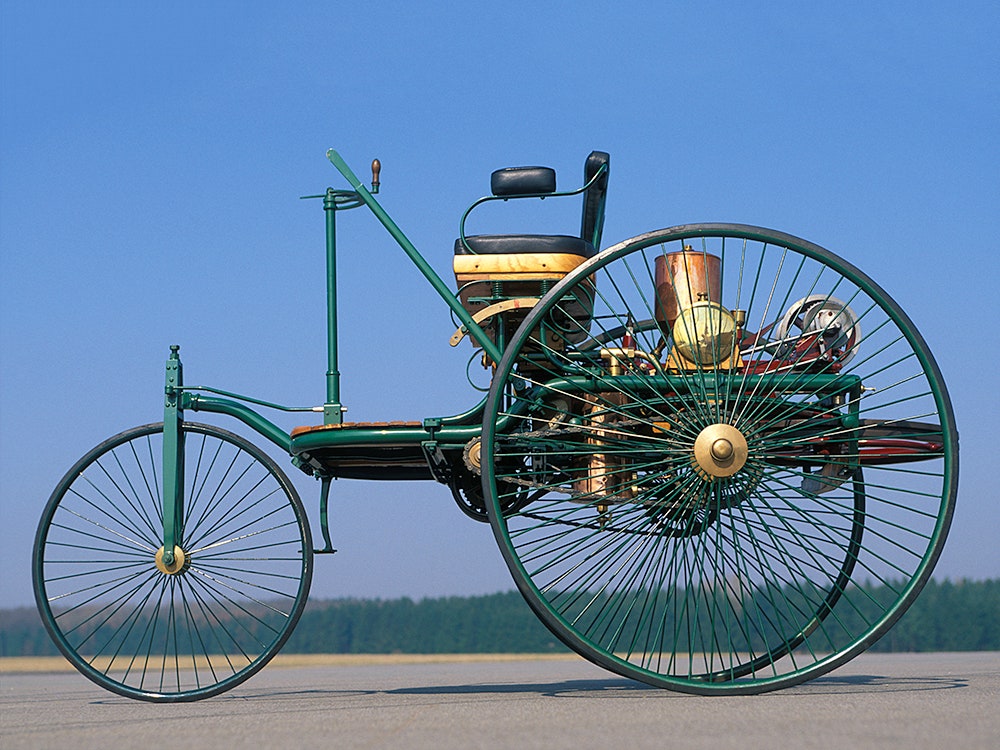
IT IS TAKEN as gospel that vehicles should have an even number of wheels. Two, four, even six. But that hasn’t kept more than a few people from thinking three was the magic number.
From the very earliest days of motoring, engineers have toyed with three-wheeled automobiles. In fact, the Benz Patent Motorwagen, generally considered the first motorcar, rolled on three wheels. Since then, the idea has come and gone, usually adopted by lovable, slightly eccentric boutique automakers like Morgan Motors or startups like the dearly departed Aptera Motors, although big players like Toyota have played the game, too. (For the sake of this discussion, we’ll focus on cars, which we’ll define as having side-by-side seating and at least some semblance of an enclosed body.)
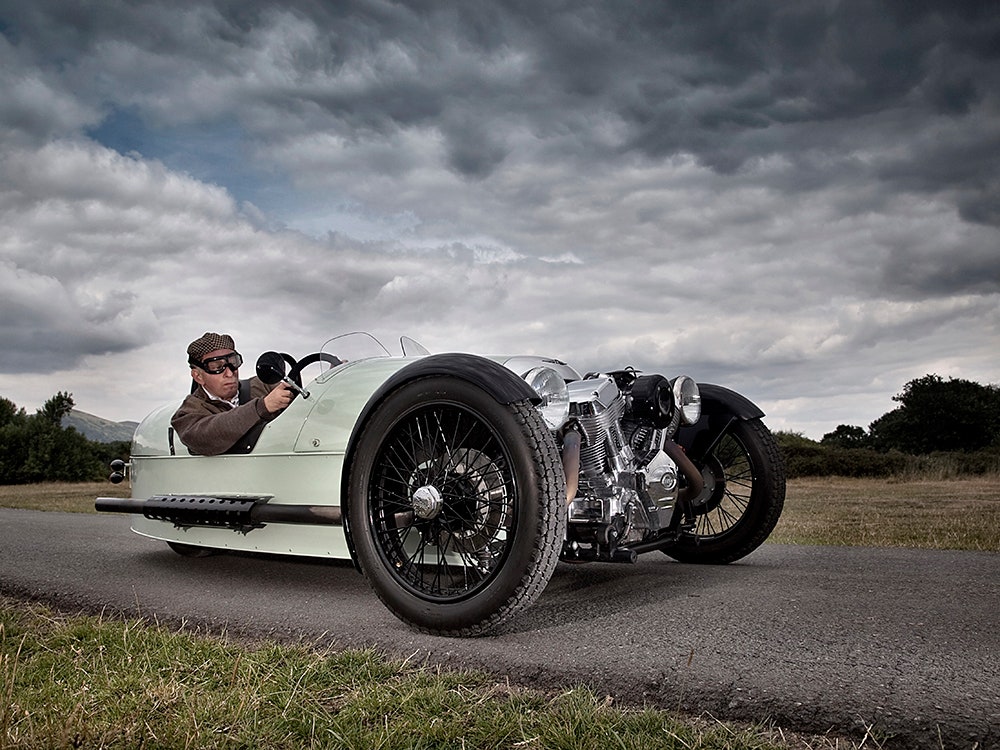
These companies have offered two variations on the theme, putting two wheels at the rear in what’s called a delta or two wheels at the front in what’s known as a tadpole. The tadpole is more common, because having two wheels up improves stability and the design typically offers excellent aerodynamic efficiency.
Why, you ask, would anyone build a three-wheeler? Often, it comes down to economics. They can be cheaper to build than a conventional car, especially if you’re a boutique builder or startup, because they’re classified as motorcycles and therefore not subjected to rigorous (and expensive) crash testing and other regulatory hurdles. They offer greater protection than a motorcycle and lower operating costs than a car, which made three-wheelers like the BMW Isetta (yes, we know there are four-wheeled Isettas as well), Messerschmitt KR-series, and Mazda T- and K-series popular in Europe and Japan after World War II.
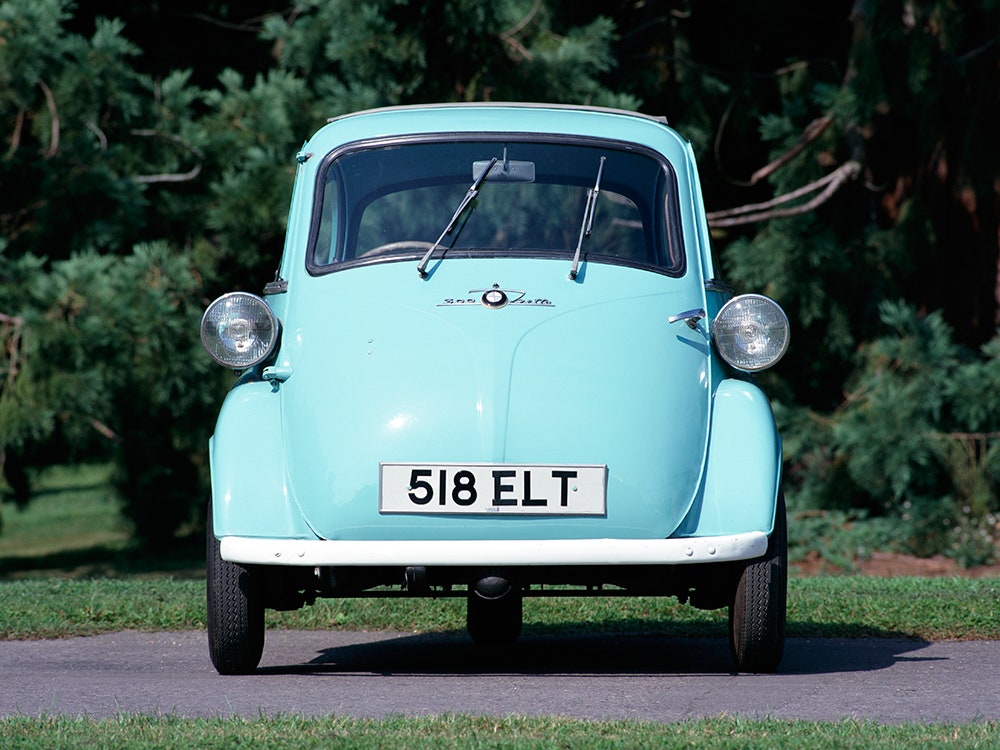
Morgan Motors may be the most famous purveyor of three-wheelers, which it built from 1911 through 1939 and, in a fit of retro-fever, started up again a few years ago. The earliest (and most recent) of them used a V-twin motorcycle engine between the two front wheels, which do the steering. Equally famous, though for entirely different reasons, is the Reliant Robin. It has a single wheel at the front and, like the Morgan, was considered a motorcycle for taxation and licensing purposes.
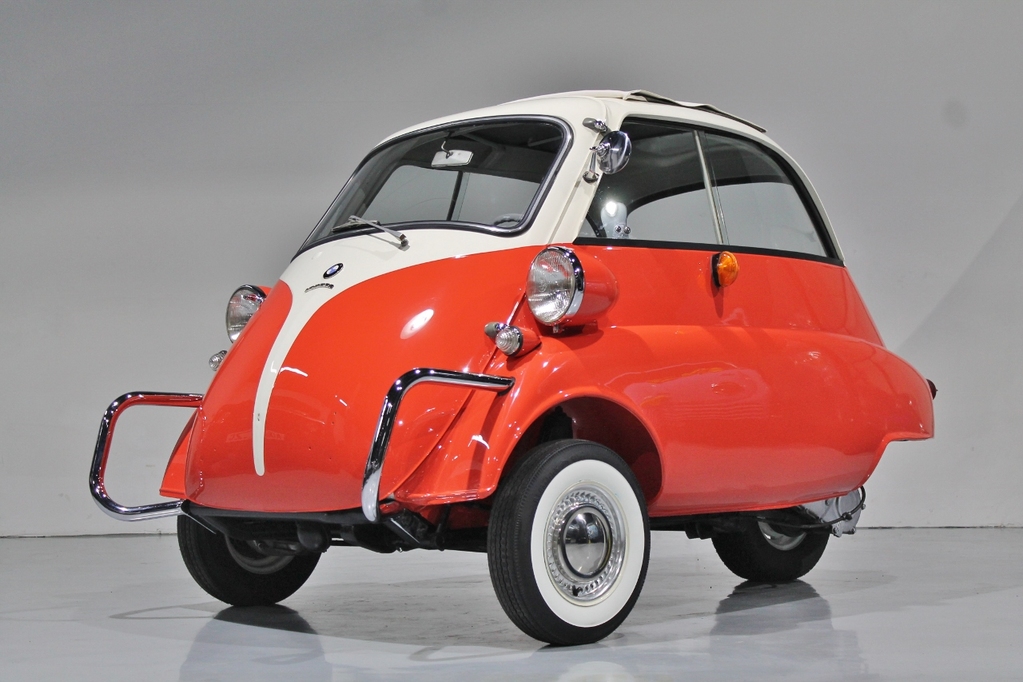
Although a three-wheel design makes sense for many reasons—they tend to be more aerodynamic than boxy cars, they offer greater protection than a motorcycle, low weight plus big engine means lots of fun—the benefits can be outweighed by the instability. Think of it like a barstool: one with four legs is gonna be more stable than one with three. Although they do well in a straight line, three wheelers, particularly deltas, can get hairy when you take a corner, as Jeremy Clarkson demonstrated with more than a little exaggeration on Top Gear.
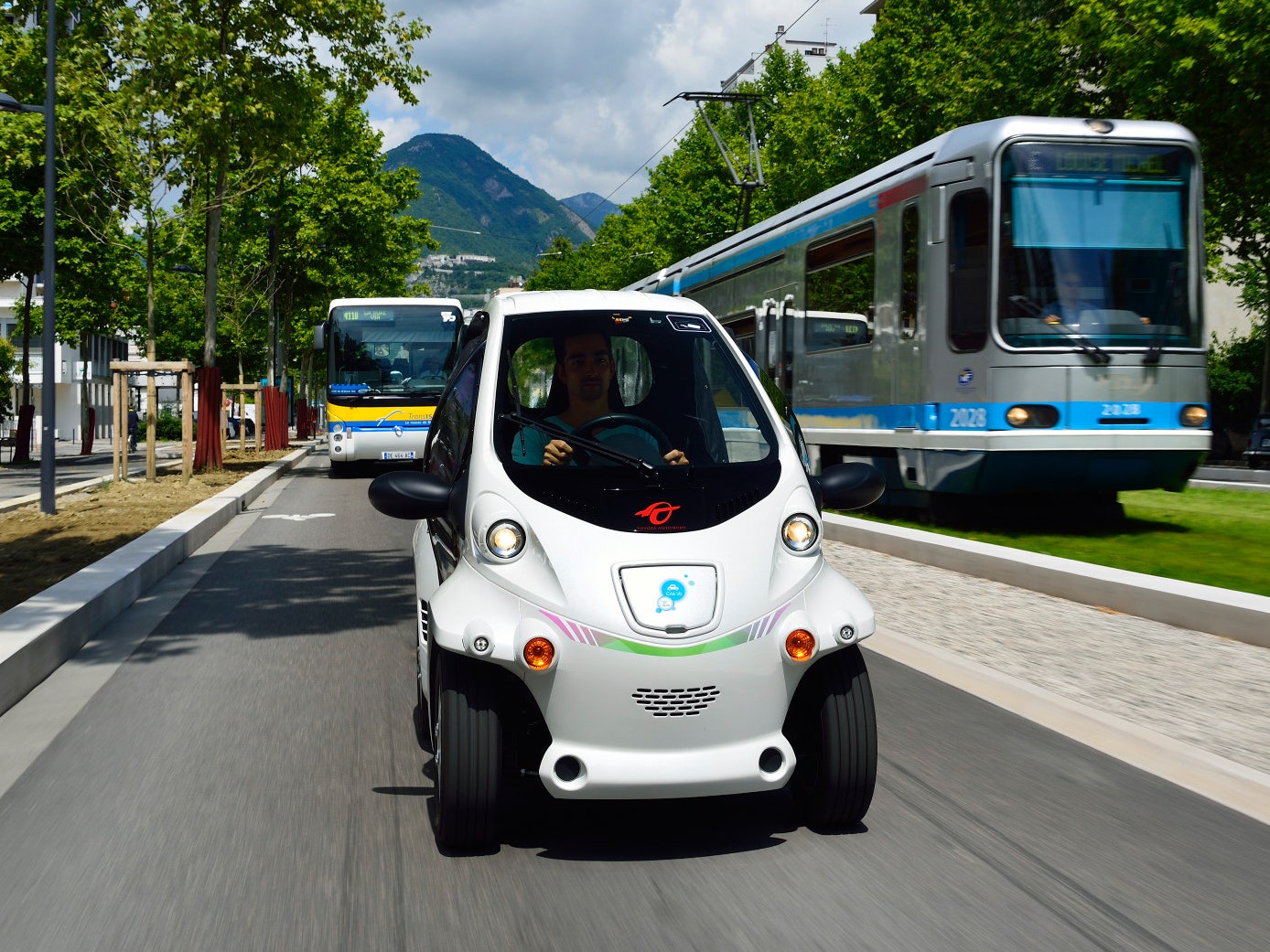
This can be mitigated by placing the center of mass—i.e. the engine and occupants—as low as possible and/or as close to the rear wheels as possible, or by increasing the track (the distance between the paired wheels). Traction control and other electronic nannies can help, as can tilt steering, which allows the entire chassis to lean into curves like a motorcycle. Toyota used that trick in the futuristic i-Road concept it unveiled a couple of years ago.
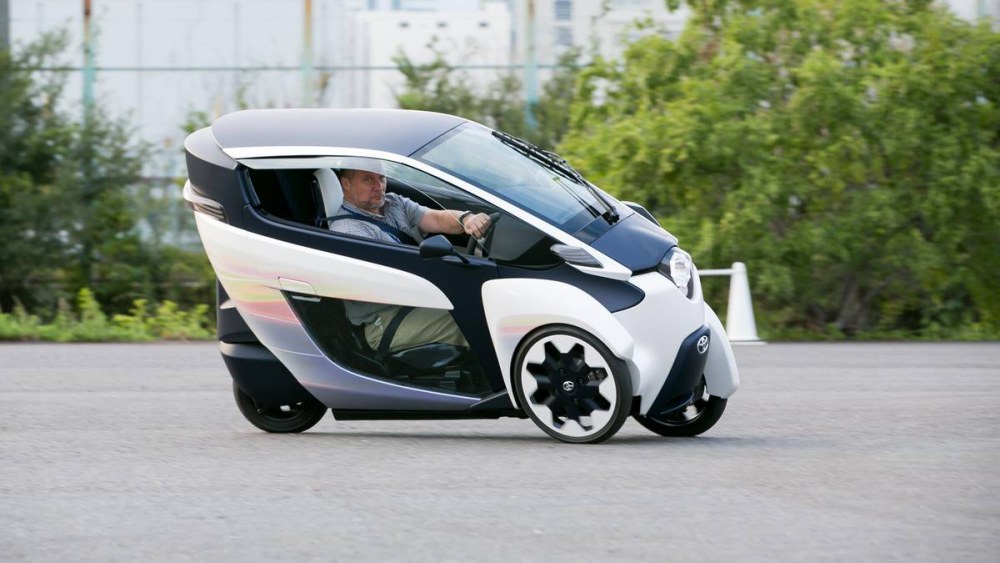
Three-wheelers still appear now and again. Aptera Motors used a tadpole design for the electric 2e because three wheels offer less rolling resistance and aerodynamic drag than a conventional car, improving efficiency. That, in turn, helped increase range. It was an interesting design and a real car (we drove one), but, like many EV startups of the late aughts, Aptera ran out of money. The Campagna T-Rex is a motorcycle drivetrain stuffed into a tube frame wrapped in fiberglass bodywork to create an entertaining ride that goes like hell. (We drove one.) And we’d love to drive Toyota’s i-Road concept because it looks so cool.
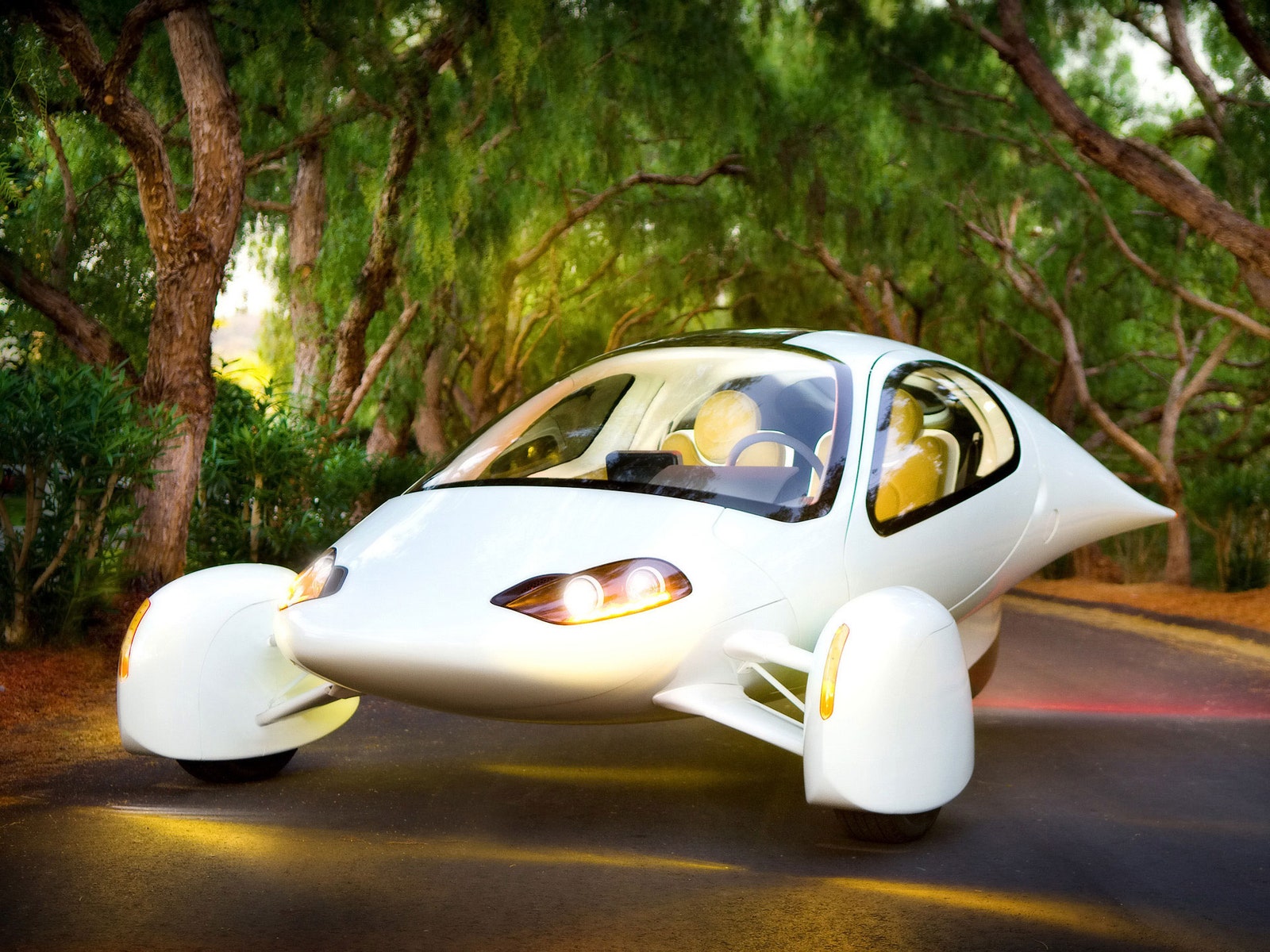
Still, the biggest hurdle to the success of three-wheelers might simply be most people don’t see the point. A three-wheeled car doesn’t do anything a four-wheeled car can’t do, and it comes at a cost of grip and stability. More tires equal more grip, almost always. And despite their advantages, three-wheelers have many of the same drawbacks of motorcycles and cars. That puts them somewhere in the middle, a novelty. And eventually novelty wears off.
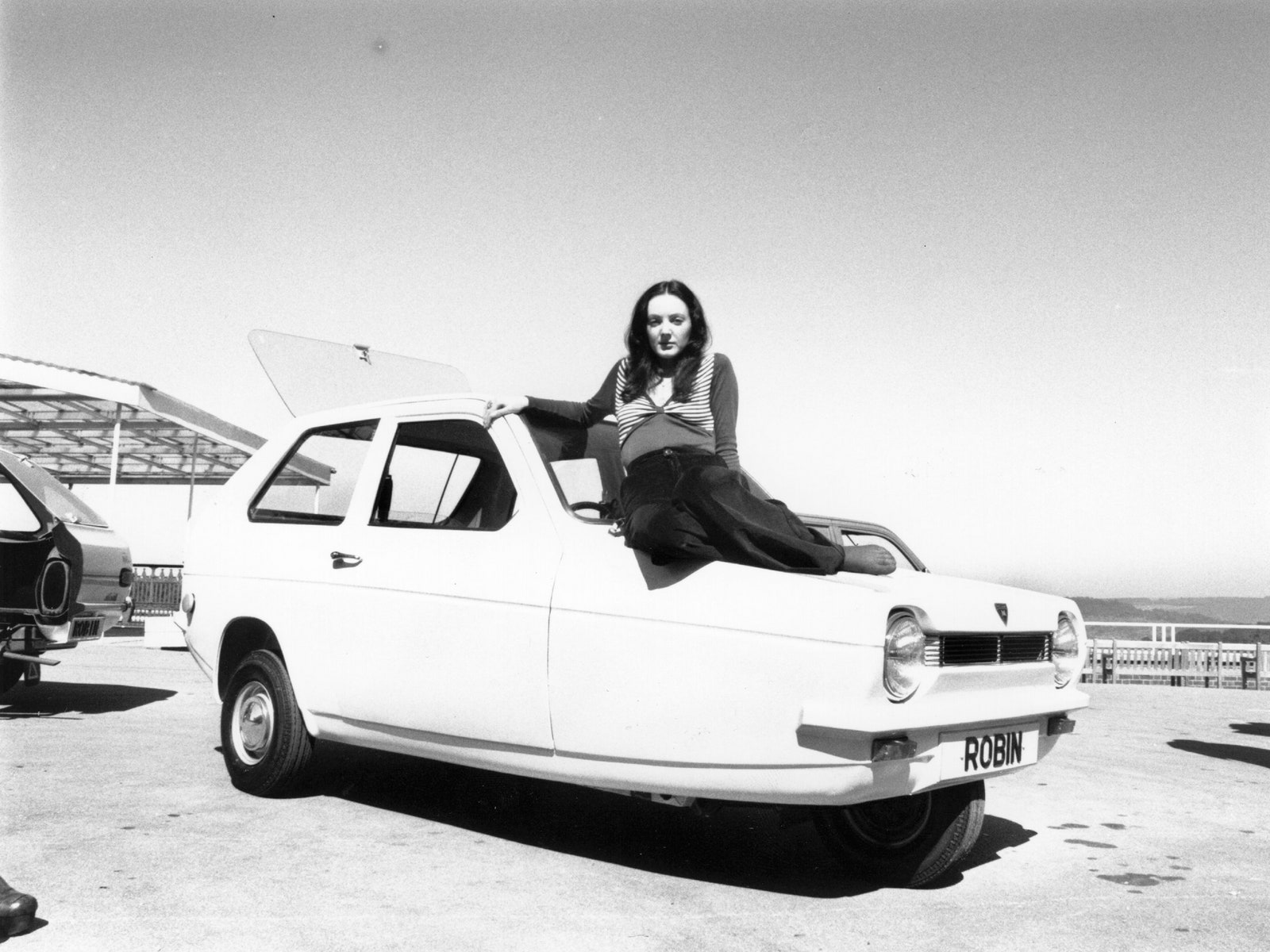
Source: wired.com

